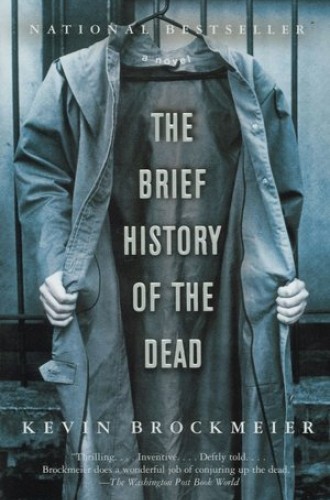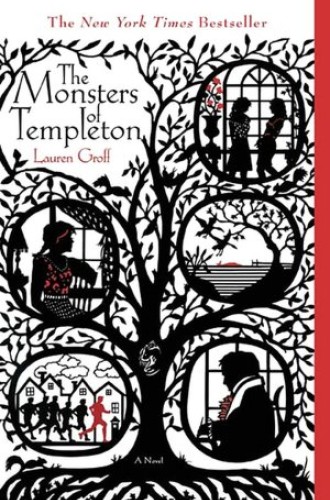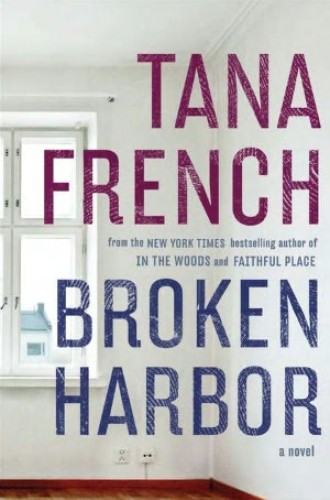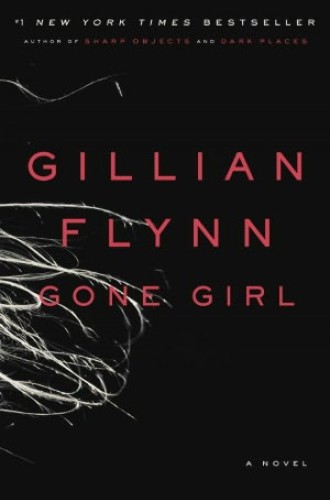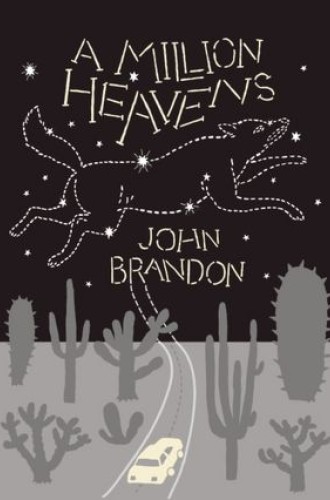Fiction chronicle

I recently turned to science fiction writer Kevin Brockmeier to pull me out of a fiction-reading slump. I had discovered him over a year ago when I read The Illumination (reviewed in the Century April 11, 2011), about a world in which any source of pain on a person’s body—a cut, a bee sting, a toothache—glows with a white light. Brockmeier’s first novel, A Brief History of the Dead, didn’t disappoint me. It has the same delicate handling of the supernatural as The Illumination, but with a more forward-moving plot.
Most of the characters in A Brief History are residents of “the City,” the first waystation of the afterlife. It’s where you stay as long as someone alive on Earth remembers you. The City operates almost exactly like a city of the living: people have apartments, jobs, go out to eat, fall in love. A man who was a journalism professor in his first life runs the City’s newspaper, and a man who was a banker runs the diner, which had always been his dream. (If I found myself working in food service in the afterlife, I would have no question as to which eternal destiny I had earned.)
No one knows if there is a second stage to the afterlife. Perhaps, once you leave the City, you become nothing. As residents of the City begin to disappear at an alarming rate, they realize that there is only one person left alive on Earth—Laura Byrd, a researcher who went to the South Pole and who is the sole survivor of a deadly virus that wiped out the planet. It’s Byrd’s memories that are sustaining all the residents of the City.


